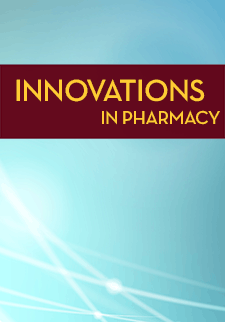Implementation of a Tenecteplase Protocol for Treatment of Acute Ischemic Stroke in a Health System
Alexis Pace
Mercy Hospital Northwest Arkansas
Maya Wai
Mercy Hospital Northwest Arkansas
Ethan Frye
Mercy Hospital Northwest Arkansas
DOI: https://doi.org/10.24926/iip.v15i1.5801
Keywords: tenecteplase, alteplase, thrombolytics, stroke
Abstract
Purpose. Alteplase is the standard of care for intravenous thrombolytic treatment of acute ischemic stroke, but recent evidence suggests that tenecteplase may be as safe and efficacious. The purpose of this study was to evaluate the direct cost savings, safety, and efficacy outcomes following the implementation of a tenecteplase protocol for acute ischemic stroke in the emergency departments within a health system.
Methods. A multicenter retrospective medical record review was performed for 4 months prior to protocol implementation on patients who received alteplase and for 4 months post-implementation on patients who received tenecteplase. The primary outcome was the direct cost difference associated with tenecteplase. Secondary outcomes included reduction in National Institutes of Health Stroke Scale 24 hours after thrombolytic therapy, door-to-needle time, symptom onset to intravenous thrombolysis time, incidence of adverse effects, and death.
Results. Pre-implementation, 102 received alteplase and post-implementation, 117 received tenecteplase. Four months of utilization of tenecteplase resulted in direct cost savings of $209,476.80 for the health system, which translates to roughly $2,000 per patient. Reduction in the National Institutes for Health Stroke Scale were similar between the two groups with -3.96 in alteplase and -3.18 in tenecteplase (p = 0.952). Median door-to-needle time was 44.5 minutes in alteplase and 49 minutes in tenecteplase. Adverse events occurred in 19 patients in alteplase and 19 in tenecteplase (p = 0.573). Death occurred in 9 patients in alteplase and 14 patients in tenecteplase (p = 0.376).
Conclusion. A tenecteplase protocol was successfully implemented in the healthcare system resulting in direct cost savings with no significant differences in adverse events.



